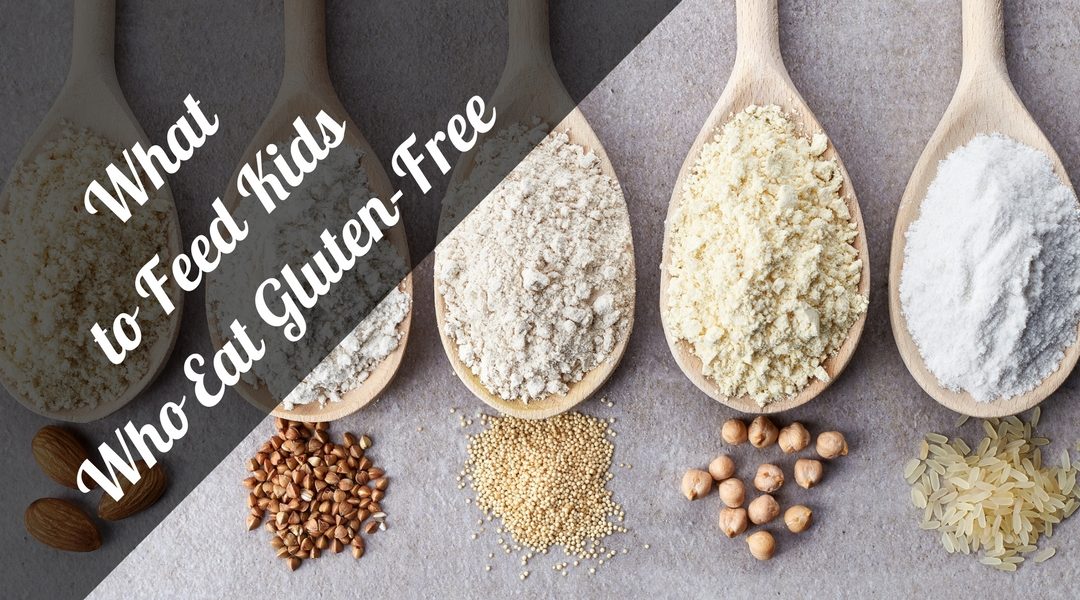When we think of making a menu that kids will like, we think of pizza, hamburgers, burritos, and pasta. We think of pancakes, waffles, muffins, and sweet rolls. We think of things common to the standard American diet. Unfortunately for someone who has Celiac disease, these foods, if prepared traditionally, cause pain, sickness, and damage. So as school nutrition professionals, what can we do to prepare the foods kids like but will also support their dietary needs while remaining USDA compliant? To answer this question, we need to know what those with Celiac can and can’t have.
What is Celiac Disease?
A person who has Celiac disease is unable to process the protein gluten found in wheat, barley, rye, graham flour, and many other grains. Celiac is an autoimmune disease that has no cure and whose only treatment is the total elimination of gluten from the diet. In other words, those with Celiac disease can’t have the very staple that is most commonly used in a majority of foods we prepare.
If left untreated, Celiac is very damaging and even life-threatening. Without eating the prescribed diet, kids can develop complications such as a reduced ability to digest food and absorb nutrients, damage to the intestinal lining, iron deficiency, and cancer. In addition, the symptoms they experience when they have accidentally eaten gluten are noticeable and severe.
Kids who are used to eating the gluten rich standard American diet can find making such a radical change very difficult. They may feel like they stick out, like they can’t be just a normal kid who eats the cake at the party, or the pizza at lunch. This is all the more reason why it’s important for schools to give students with Celiac the support they need to be healthy. As school nutrition professionals, the closer we can come to creating traditional foods in the school lunchroom that are gluten free, the better these kids will be able to adapt and embrace the lifestyle change.
The Good News
It may seem daunting to look at the list of foods that Celiac sufferers can’t have. You may wonder how you will ever make a gluten-free menu credible. The good news for us is that there are many foods they can still eat. Apart from the gluten restriction, kids with Celiac can still eat a normal diet of fresh fruits and vegetables, eggs, meat, nuts, cheese, milk, beans and legumes. Whole grains that don’t contain gluten are still an option. Common choices would be rice, corn, and gluten-free oats.
Additionally, there are many companies making good nutritious and USDA-credible gluten-free substitutions that look and taste just like the foods kids are used to eating. Breads, cereals, pasta, muffins, tortillas, and pizza all come gluten free. You can search the Health-e Pro ingredients list for foods that have already been identified as gluten free and add them to your menu. Parents and students will easily see what healthy options they have each day.
Creating a menu for a gluten-free child can be a challenge, but it’s a challenge we can meet with a little planning. Hopefully soon, the families we serve and support with gluten-free options will be able to concentrate on growing and learning, rather than worrying so much about what to eat at school.

